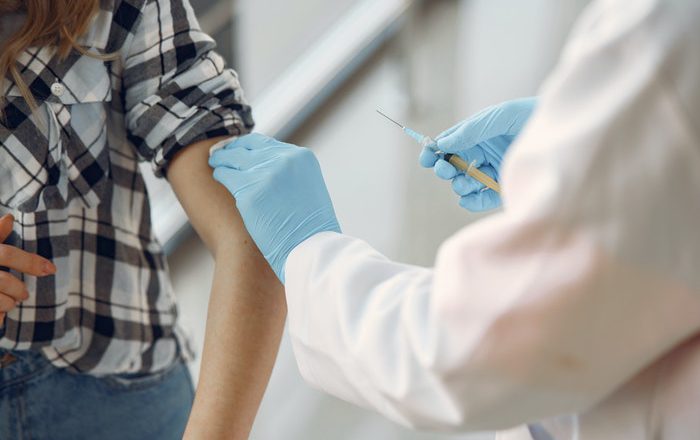Most Of The COVID-19 Workforce Were Women Of Color – What Happens Now As Those Jobs End?
Since 2020, thousands of workers have done the difficult work of meeting people where they are — their car doors, front doors, community centers — to test, vaccinate and contact trace. They often did this work to stop the spread of COVID-19 in their own communities, among their neighbors and families.
They worked in the heat and humidity, under tents in the rain, in clinics and from their own homes, through an onslaught of questions, despair and, sometimes, outright nastiness. Some had a background in public health, some came out of retirement to help, others had never worked in health care at all.
While data on who these workers were is still being collected, one clear pattern has emerged, experts say: It’s likely most of the COVID-19 workforce were women of color.
Historically, the ma...




